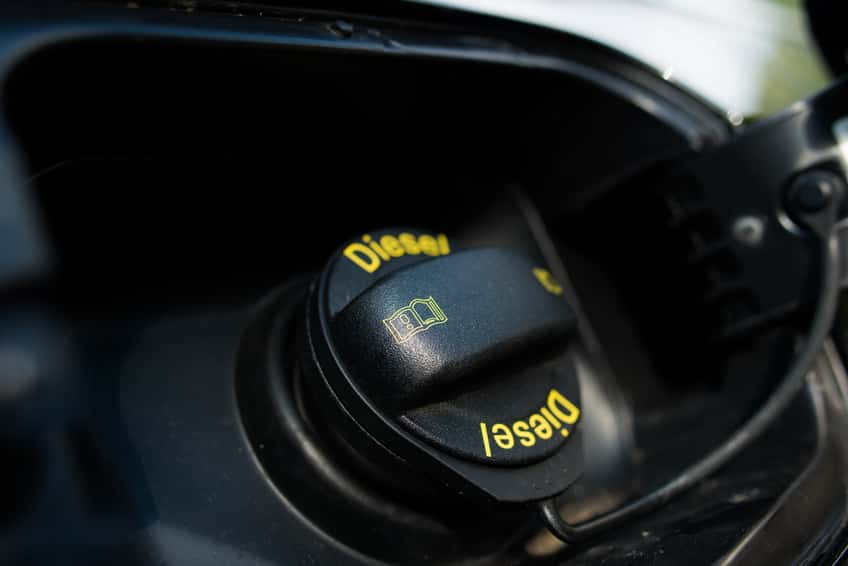As electrified propulsion systems, including hybrid and plug-in electrics, gain market share through 2026, diesel vehicle volumes are expected to plateau and gasoline engines with enhanced efficiency will likely take an increasing share of the remaining conventional internal combustion engine (ICE) sales, according to a new report from Navigant Research.
The report analyzes the market for technologies that improve the energy efficiency of light-duty vehicles with ICEs and low voltage electrified propulsion, providing global market forecasts through 2026.
Navigant explains that automakers and suppliers around the world are faced with the challenge of meeting increasingly aggressive regulatory mandates to improve fuel efficiency and reduce greenhouse-gas emissions. Although electric propulsion addresses both issues, consumer acceptance, cost and infrastructure support still remain challenges to mass adoption in the near to mid-term.
“In many markets and for many applications, ICE vehicles remain the preferred choice in terms of acquisition cost, convenience and capability,” says Sam Abuelsamid, senior research analyst at Navigant Research. “However, concerns about diesel emissions and threats to ban diesel from many urban areas are expected to encourage manufacturers to focus on more efficient gasoline models, causing diesel volumes to plateau in the early 2020s.”
Advancements in electronic controls, real-time sensing and actuation systems are enabling continuing enhancements to the thermodynamic efficiency of the ICE. According to the report, engine right-sizing, improved drivelines, mass reduction, and aerodynamics are also providing low cost gains.
The report also provides a review of major market drivers and barriers related to automotive fuel efficiency strategies and key industry players within the competitive landscape.
Click here for the report.





